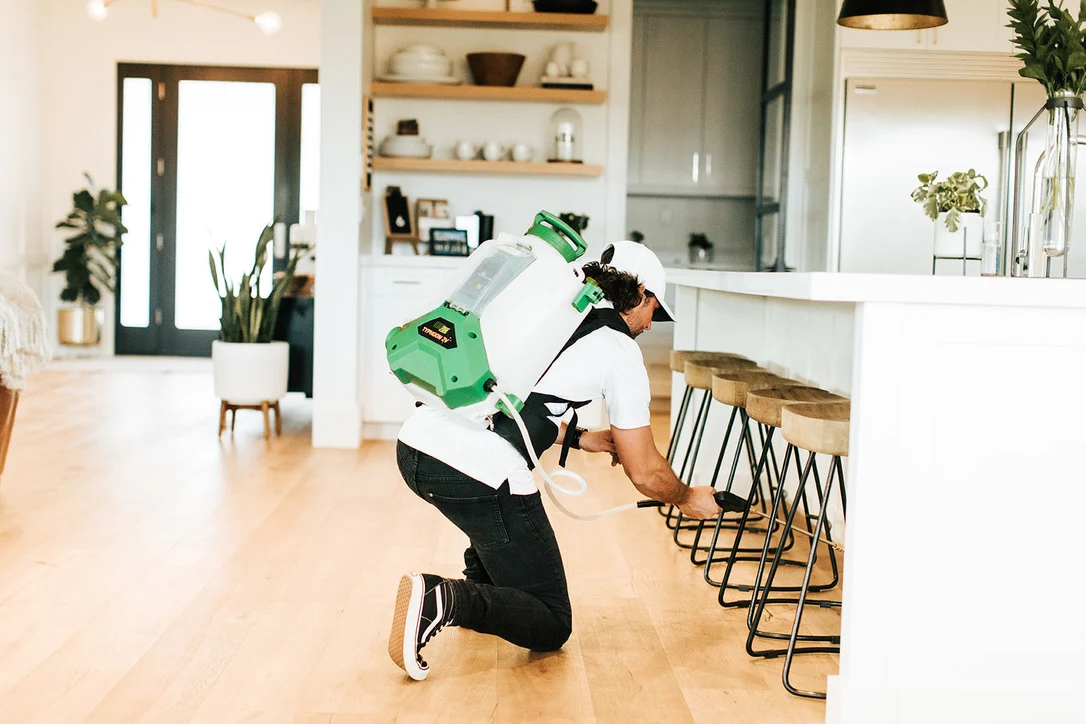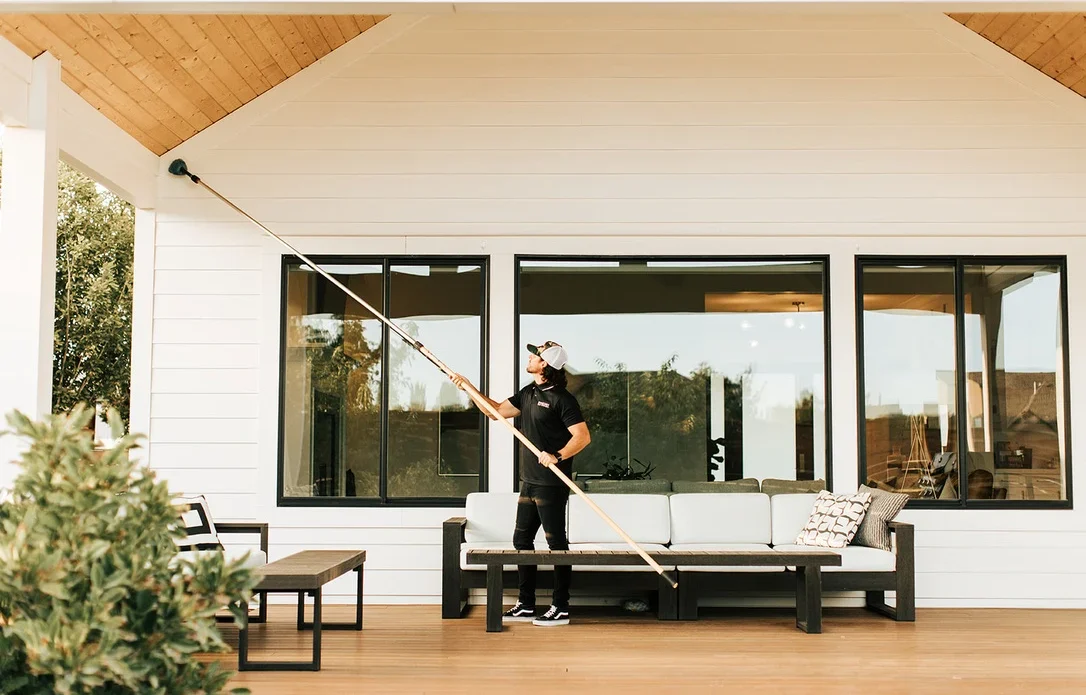Pest control is essential for maintaining a healthy and comfortable living environment, but it doesn’t have to come at the expense of the planet. Eco-friendly pest control methods are not only safer for your family and pets but also minimize harm to the environment. Here are the top five eco-friendly pest control tips to help you protect your home while being kind to the Earth.
1. Seal Entry Points to Prevent Pests
The first and most effective step in eco-friendly pest control is to prevent pests from entering your home in the first place. Many pests, such as ants, rodents, and spiders, gain access through small cracks and gaps around doors, windows, and the foundation of your home.
How to Do It:
- Inspect Your Home: Regularly check for cracks, holes, and gaps around your home’s exterior. Pay close attention to areas where utilities enter the house, as these are common entry points for pests.
- Use Caulk and Weatherstripping: Seal gaps and cracks with caulk, and apply weatherstripping around doors and windows to block entry points.
- Install Screens: Ensure that all windows and vents are properly screened to keep flying insects out.
By taking these preventive measures, you can significantly reduce the likelihood of pests entering your home, eliminating the need for chemical treatments.
2. Maintain a Clean and Clutter-Free Environment
Pests are attracted to food, water, and shelter, so keeping your home clean and free of clutter is essential in eco-friendly pest control. A tidy home denies pests the resources they need to thrive.
How to Do It:
- Clean Up Food and Crumbs: Wipe down countertops, sweep floors, and clean up spills and crumbs promptly. Store food in airtight containers to prevent attracting pests like ants and rodents.
- Reduce Clutter: Pests often hide and nest in cluttered areas. Keep storage areas organized and eliminate unnecessary items that can serve as hiding spots.
- Take Out the Trash: Dispose of garbage regularly and use sealed trash bins to prevent attracting pests like flies and cockroaches.
Maintaining cleanliness is a simple but effective way to deter pests without resorting to harsh chemicals.
3. Use Natural Repellents
Many natural substances can effectively repel pests without harming the environment. These eco-friendly alternatives are safe to use around your home and can help keep pests at bay.
How to Do It:
- Citrus Peels: Ants and spiders dislike the scent of citrus. Place citrus peels near entry points or use a homemade citrus spray to repel them.
- Essential Oils: Peppermint, eucalyptus, and lavender oils are natural repellents for various pests. Mix a few drops of essential oil with water in a spray bottle and apply it around entry points, windowsills, and baseboards.
- Vinegar: A mixture of vinegar and water can deter ants and fruit flies. Use it to clean surfaces where pests are likely to gather.
Natural repellents offer a safe and effective way to manage pests while maintaining a healthy home environment.
4. Introduce Beneficial Insects
Not all insects are pests—some are beneficial and can help control pest populations naturally. By encouraging these helpful creatures, you can reduce the need for chemical interventions.
How to Do It:
- Ladybugs: Ladybugs are natural predators of aphids, mites, and other garden pests. You can purchase ladybugs and release them in your garden to keep pest populations in check.
- Praying Mantises: Praying mantises feed on a wide range of pests, including mosquitoes, flies, and beetles. Introducing praying mantises to your garden can provide natural pest control.
- Nematodes: Beneficial nematodes are microscopic worms that target soil-dwelling pests like grubs and termites. They are available for purchase and can be applied to your garden to control pests.
By fostering an environment that supports beneficial insects, you can create a natural balance that keeps pests under control.
5. Employ Mechanical Traps and Barriers
Mechanical traps and barriers are another eco-friendly option for controlling pests without the use of chemicals. These methods physically block or capture pests, preventing them from causing harm.
How to Do It:
- Sticky Traps: Place sticky traps in areas where pests like ants, roaches, or spiders are active. These traps capture pests without the use of toxins.
- Snap Traps: For rodents, snap traps are an effective and humane option. Place them along walls or in areas where rodent activity is suspected.
- Mesh Screens: Install fine mesh screens over vents, chimneys, and other openings to prevent pests like birds, bats, and insects from entering your home.
Mechanical traps and barriers provide a targeted approach to pest control, minimizing the impact on the environment and non-target species.
Conclusion
Eco-friendly pest control methods are effective, safe, and sustainable ways to protect your home from pests. By sealing entry points, maintaining cleanliness, using natural repellents, encouraging beneficial insects, and employing mechanical traps, you can create a pest-free environment without relying on harmful chemicals. These tips not only safeguard your home but also contribute to a healthier planet, making eco-friendly pest control a win-win solution for homeowners.




